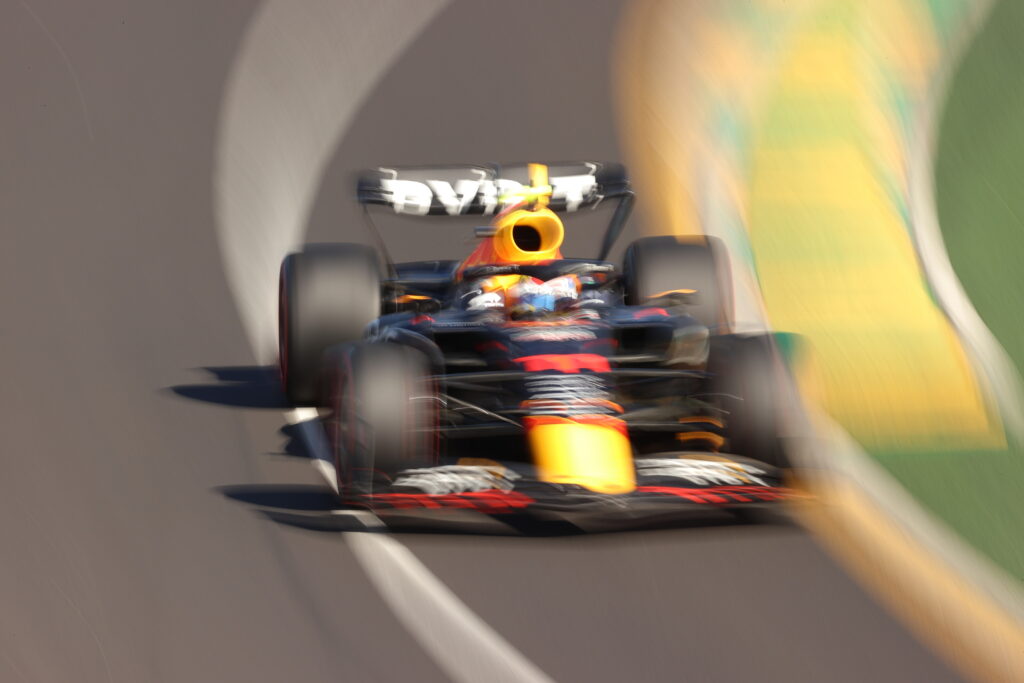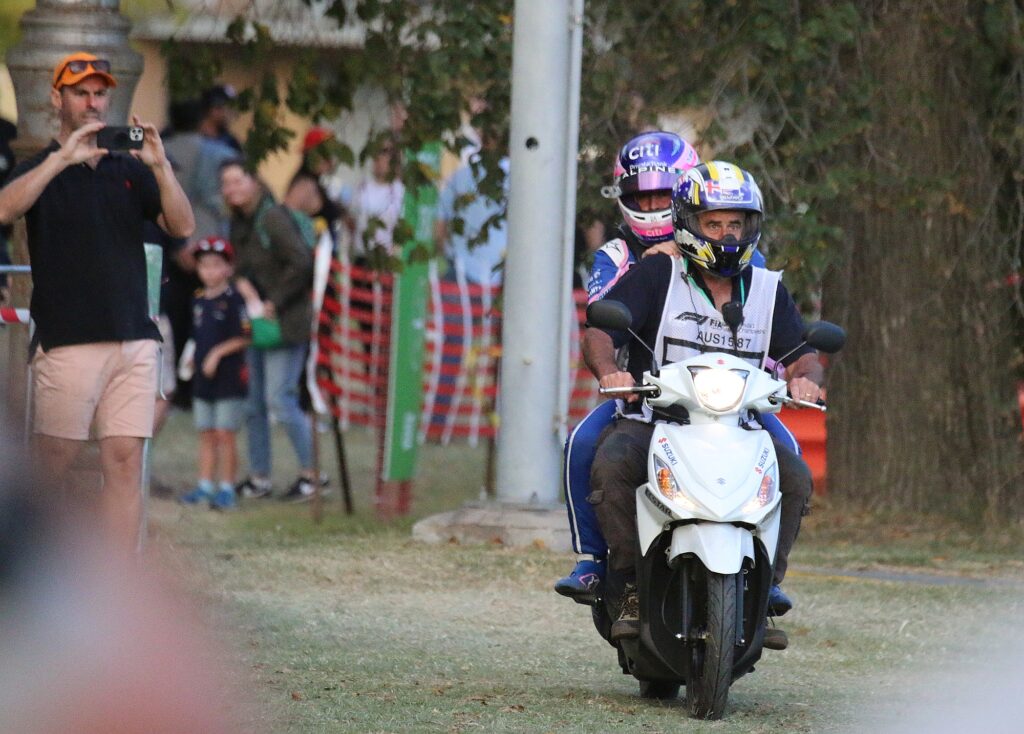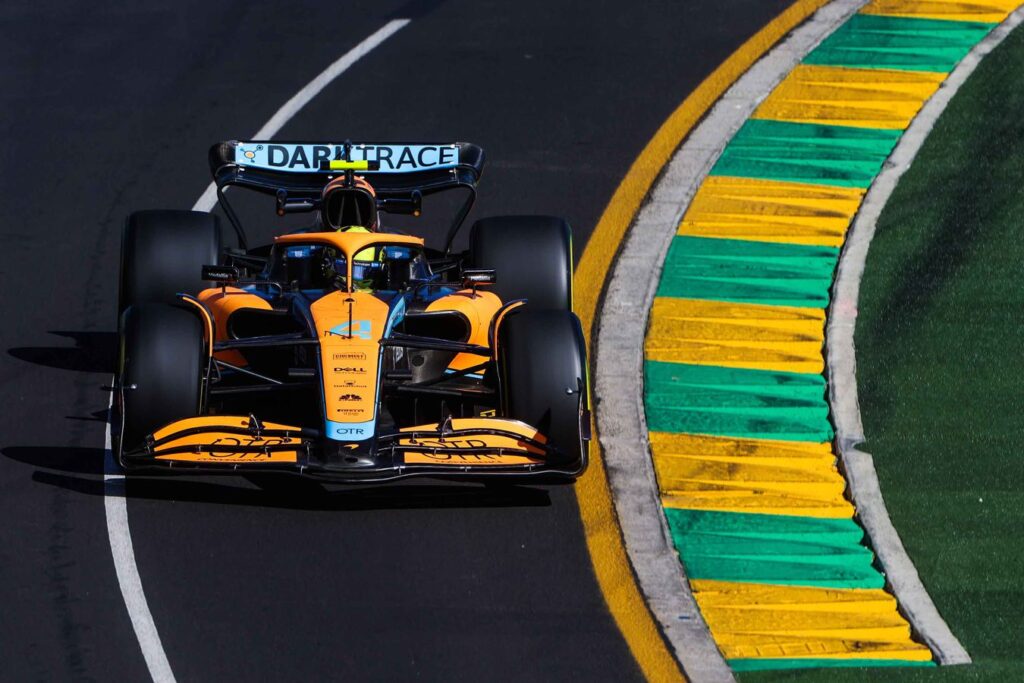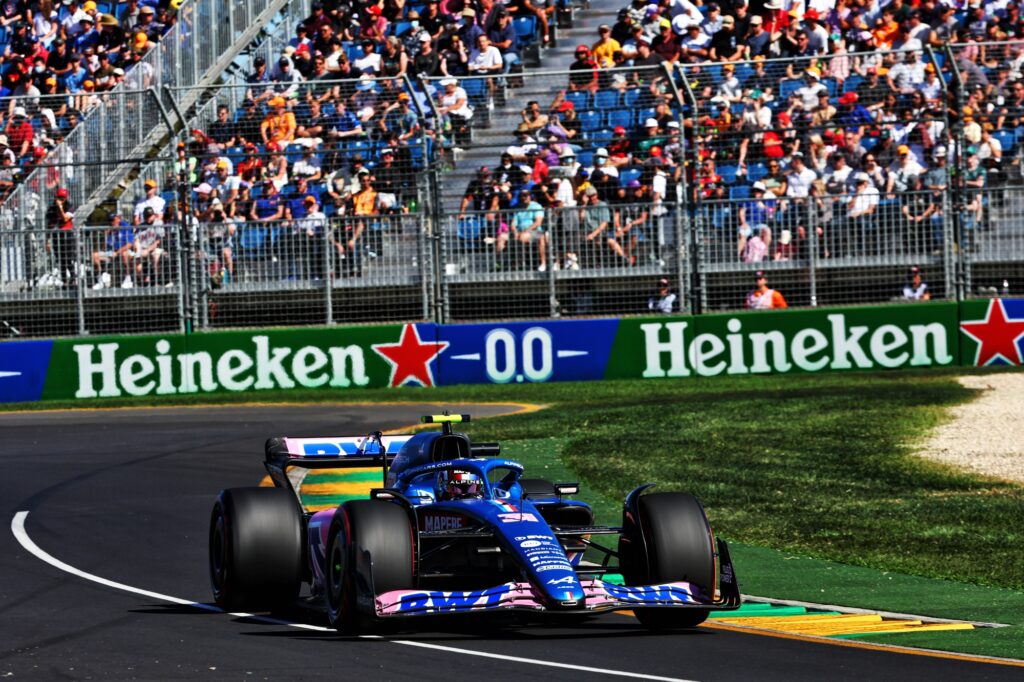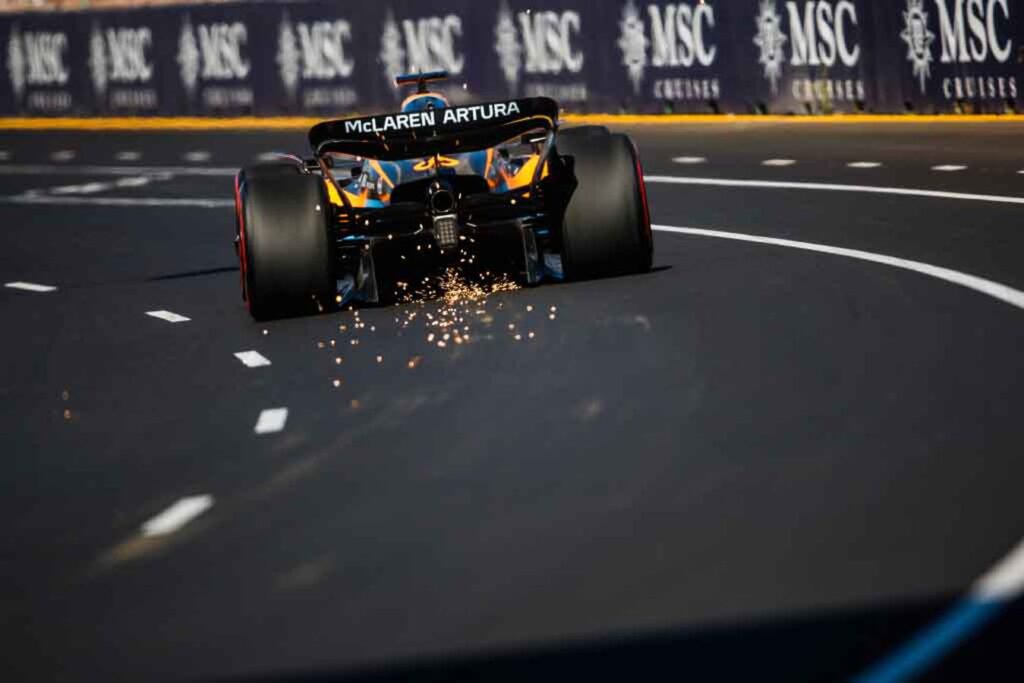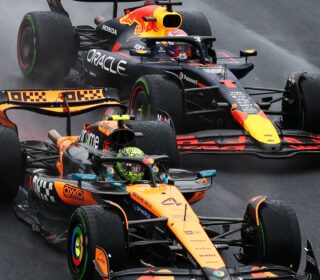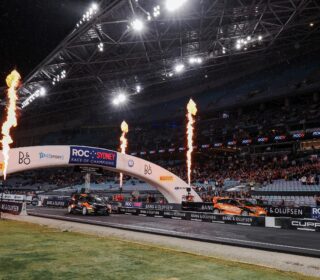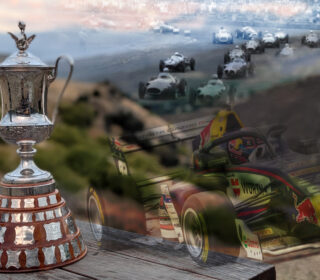Picking the Strengths of the 2022 F1 Grid
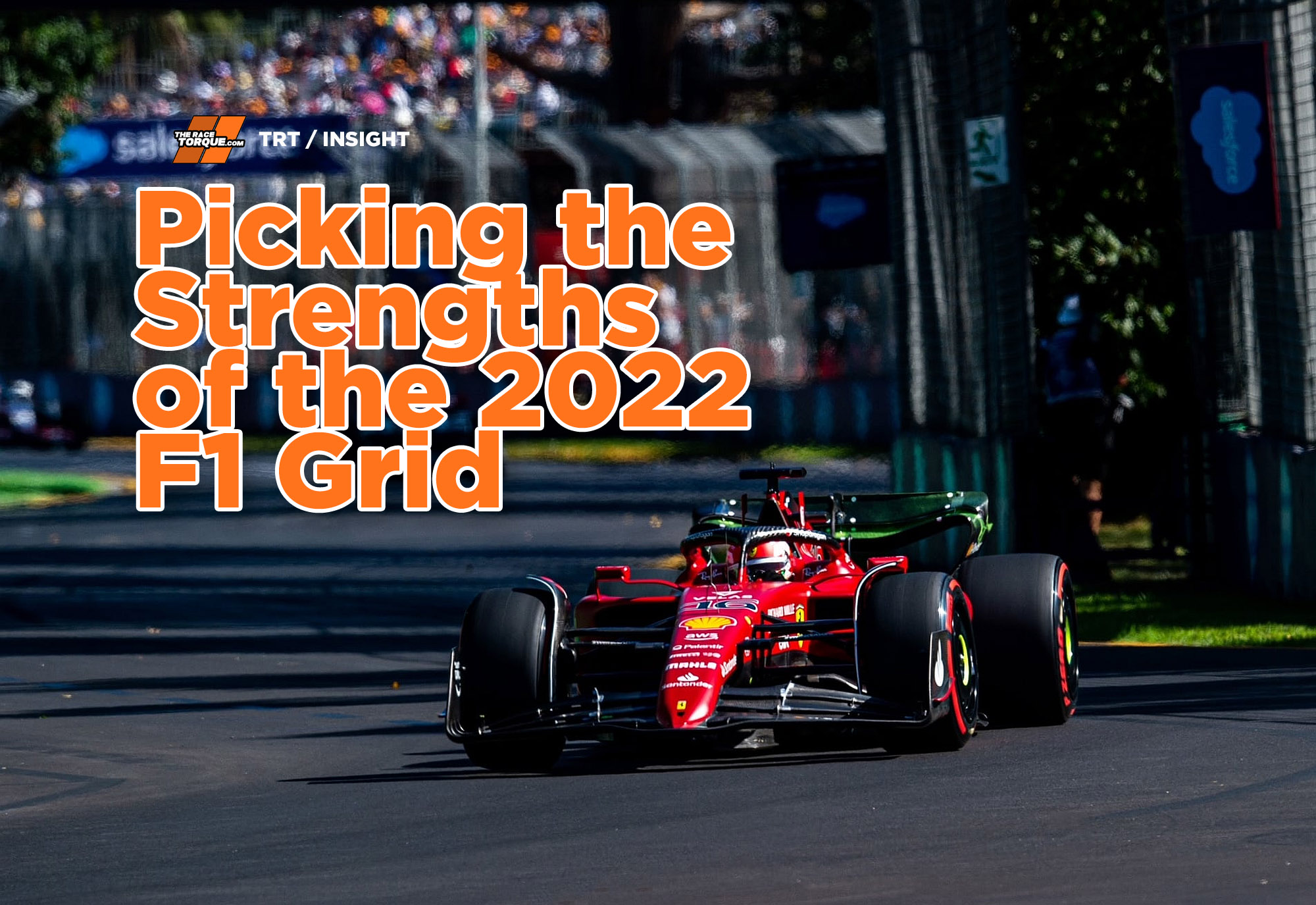
Two years is an eternity in Formula 1 evolution. With Australia not seeing the F1s since that fateful day in March 2020, the appetite in Melbourne to witness the 2022 event is off the scale.
Photo credits: Red Bull Content Pool, Scuderia Ferrari Media, Alpine F1 Media, McLaren F1, Mercedes AMG F1
A brand-new car concept, held over from a 2021 launch due to the pandemic, coupled with an extensive track redesign, is the best recipe we could witness for the third round of the 2022 FIA Formula One World Championship.
Perched high on the Jones Stand overlooking turns one and two, The Race Torque’s Dale Rodgers had the perfect view to analyse the strengths and weaknesses of the class of 2022.
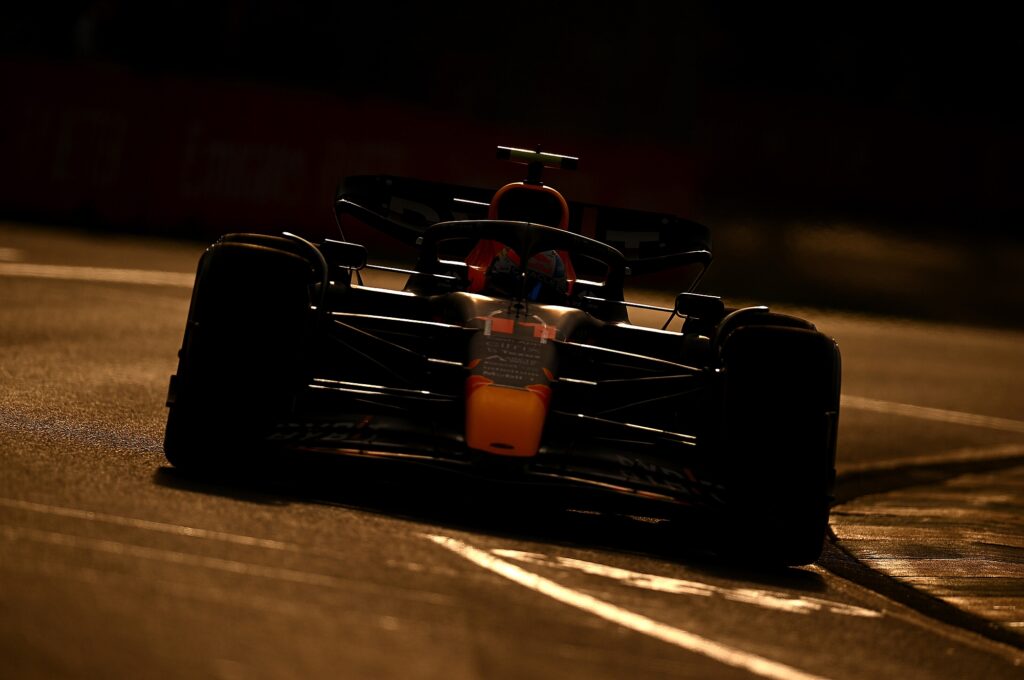
Practice at the AGP consists of three sessions. Two on Friday and one on Saturday in the lead up to qualifying. The Formula 1 teams must use this time to get a read on their cars and any upgrades that have been added since the Saudi Grand Prix a few weeks ago. All compounds of Pirelli tyres are used, so as the sessions roll-on, a good gauge evolves of where the teams are really at.
Added to this is the data collection on what is effectively a new racetrack with layout changes right across the Lakeside section of the track, and several corners at each end of the circuit. In all, five corners were re-profiled, and two were removed altogether.
Turns one and two remain unchanged save for the kerbing on the Apex of turn one looking a little flatter. Picking a reference point for the cars to hit the throttle is made a little easier by the green and gold kerb ‘patchwork’ squares on the apex of turn two. The cars are heading away from our vantage point, and with fifteen squares making up the kerb, we attempt to rate the cars as they accelerate off the kerb. Crude, but it seems to work!
Formula 1 cars are brilliant through this section. A big gulp of DRS along the Pit Straight, a heavy brake and downshift, a flick right and left, then power out to another DRS zone on the run down to the Aquatic Centre turn three.
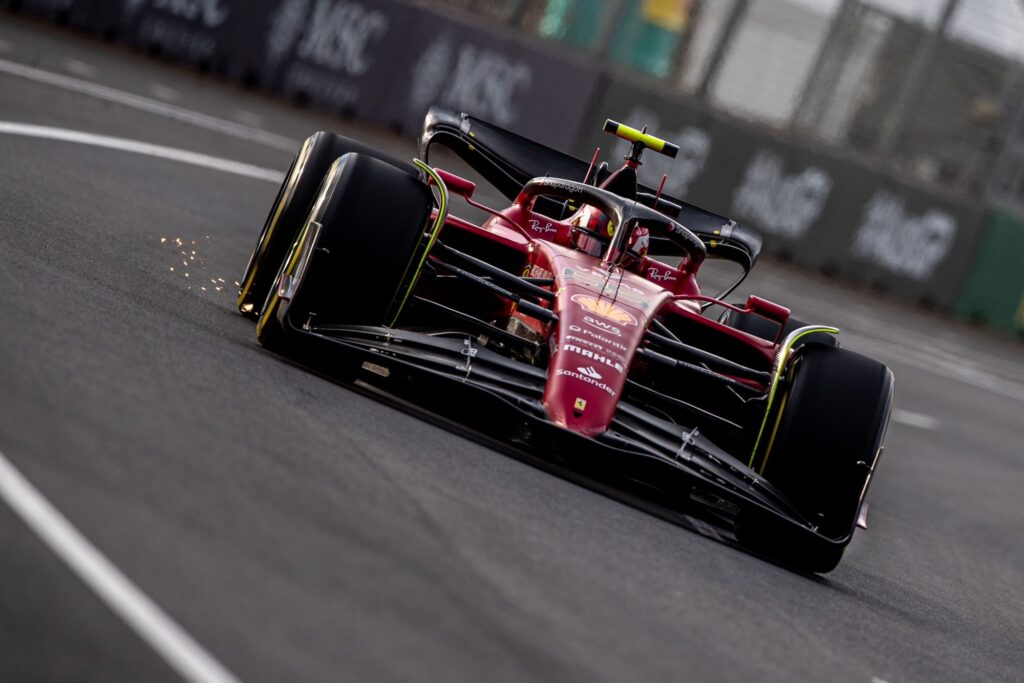
It sounds simple, and for the Scuderia Ferrari boys, it looked just that. Charles Leclerc is sublime. He is so fast into the apex of turn one, then runs the kerb on the turn two apex and naiks it. He is visibly the quickest. The Ferrari F1-75 is glued to the road in this sector.
Teammate Carlos Sainz is so close but runs the kerbing a little higher on his way out of turn two. But there is little to pick between the two Ferrari’s – they make the two-turn complex look easy.
Max Verstappen is close to the Ferrari’s in terms of pace and throttle pick up, but ever so slightly, more steering correction seems to be needed. However, the Red Bulls are quick in sector one, so the DRS Zones are helping their outright speed.
Sergio Perez, just like Sainz, looks to be working harder. He runs the kerb higher on the apex of turn two, but nails the throttle hard.
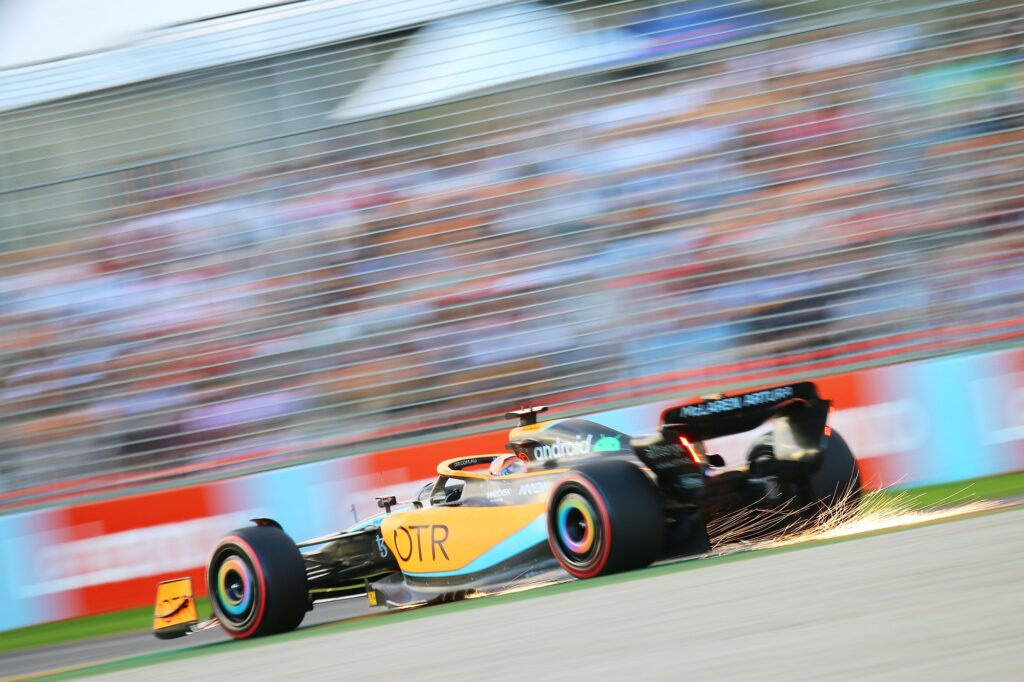
The surprise is the McLaren. Improving in every session, the woes of the Middle East may be well left behind. Norris is quick, the car looks balanced, and he can also nail the throttle without hesitation.
A sea of ‘papaya’ coloured caps in the Jones stand greets Daniel Ricciardo. The McLaren is not the quickest, but it looks settled with Danny Ric on the loud pedal early and the MCL-36 responding well. This looks like a far more settled car than we have seen to date.
The next group is the big battleground of the midfield, and the clear winners here are Alpine. Watching Fernando Alonso drive anything is worthwhile, but he aggressively points the A522 through the opening complex. The power is not picked up as early as Ferrari or Red Bull as he waits for the rotation of the car, but then he is on it. Esteban Orcon is producing similar times but does not look as aggressive as Fernando.
Alfa Romeo, led by Valtteri Bottas, is consistent if unspectacular but make no doubt, that Bottas and his young Chinese teammate Zhou Guanyu are moving this team forward.
Of the rest, the HAAS is not showing the speed of the Middle East rounds, and the car does not look settled. The throttle pick up is late, and it is visibly slower than the top teams. Alpha Tauri also. The junior Red Bull team is quick but clearly in the second half of the field.
The Williams of Alex Albon and Nicholas are somewhat surprising in how quickly they accelerate out of turn two, however, it appears that they are considerably slower into turn one without the overall downforce and poise of the lead cars.
It is hard to get a read on Aston Martin in any session as the returning Sebastian Vettel was out early in practices one and three, and teammate Stroll binned his car in practice three.
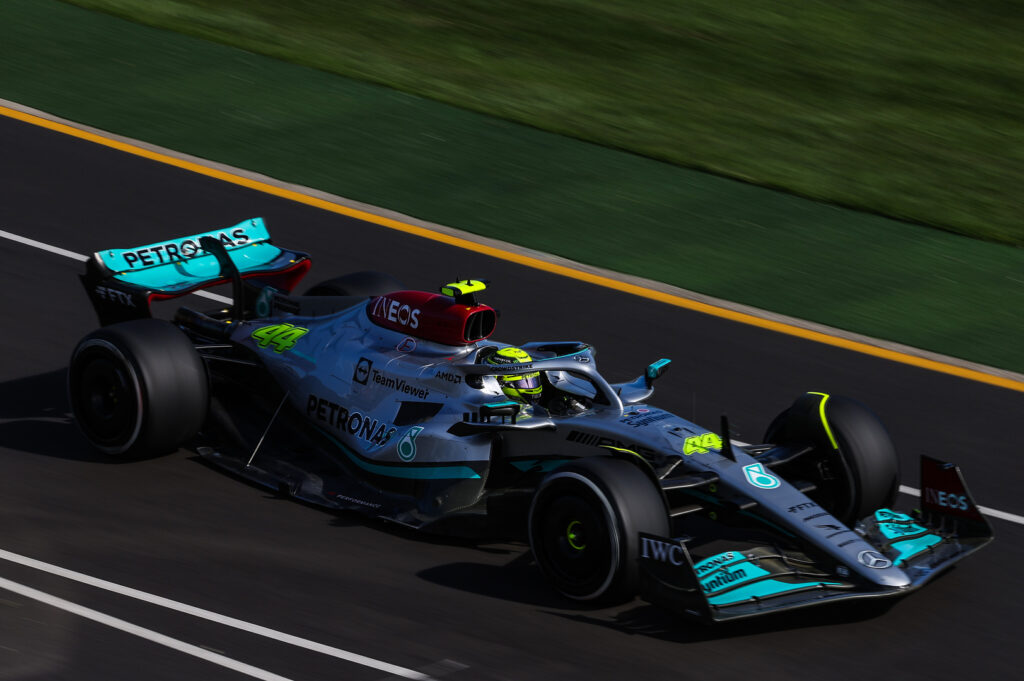
Finally, what about Mercedes? This is a quandary. The big screens show Lewis Hamilton’s yellow helmet bouncing around to the extreme, with the car serving up severe porpoising on the straights. This affects both his and George Russell’s braking and entry in turn one. But both must hustle the recalcitrant W-13 with clear steering correction but manage to pick up the throttle early. Not anywhere near as smooth as the Ferrari’s, Red Bulls or even the McLaren’s. The Mercedes boys and girls have a lot of work to do.
One thing is evident across the 20-car field: these cars are difficult to drive, and finding the window looks challenging. But when the teams and drivers get it right, these are some of the most spectacular Formula 1 machines we have seen for many years.
Just ask a couple of hundred thousand fans at Albert Park.
